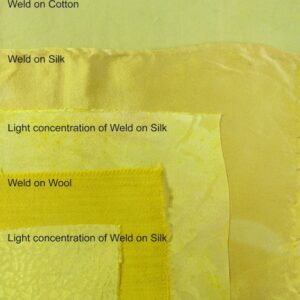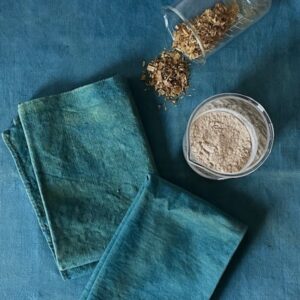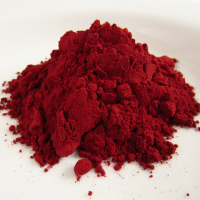New Cold Water Mordant: Aluminum Triformate
We are pleased to offer a new mordant made from mineral salts called aluminum triformate. Aluminum triformate is a room temperature mordant for all natural fibers including wool, silk, cotton, hemp and linen. It does work best on wool. It also works on a gpL (grams per Liter) calculation or a weight of fiber (WOF) percentage and we’ve used it successfully with both methods. Each of these methods have their advantages for the artisan dyer. If you want to dip a scarf or two in mordant and then move on to dyeing without a lot of calculating, then the … Read more










